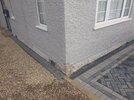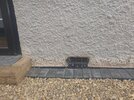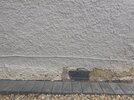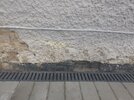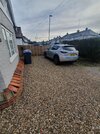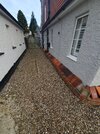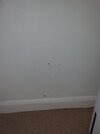Hi,
I've bought a 1930's semi in Surrey, we've got rising damp. The house has pebbledash rendering, I can see a few previous holes drilled through the render for a damp proof course, so I can use those again, but they only go around half the house. They must have been drilled after the pebbledash application.
I'm wondering, can I follow that line and drill the rest of the holes without removing the render to insert the dry rods? Good chance some will go into the brickwork and not the joint..
How effective will the DPC be if some rods are in the brick itself?
Many thanks in advance
I've bought a 1930's semi in Surrey, we've got rising damp. The house has pebbledash rendering, I can see a few previous holes drilled through the render for a damp proof course, so I can use those again, but they only go around half the house. They must have been drilled after the pebbledash application.
I'm wondering, can I follow that line and drill the rest of the holes without removing the render to insert the dry rods? Good chance some will go into the brickwork and not the joint..
How effective will the DPC be if some rods are in the brick itself?
Many thanks in advance



